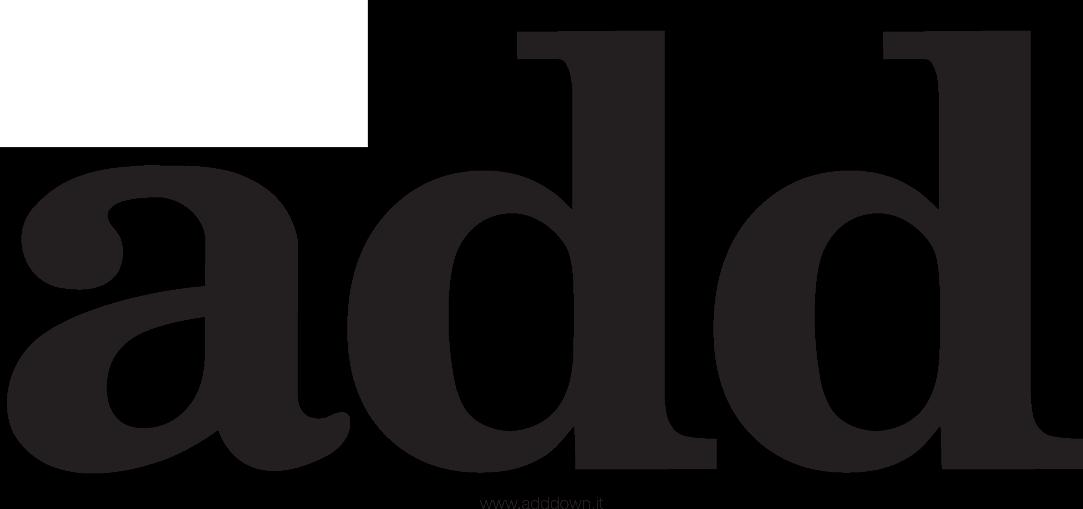
2 minute read
The non-existent workplace
from TWSM#1
Workplace Concepts, moods and styles
01
Advertisement
DESIGN AND ACTUALITY An exhibition and an award to think about the current state of the working world. ‘The Non Existent Workplace’ is one of the main events during the week of Milan’s 2009 Furniture Fair.
The non-existent workplace
‘The non-existent workplace‘ turns the spotlights on the current economic crisis, its consequences for the working world, and also on how design can be a mean to face momentous changes. It is also a time when the job is less and less represented a ‘desk’ than by the connected concepts of steadiness and safety. ‘The Non Existent Workplace’ event sought to raise these questions through an award and an exhibition, during Milan’s design week. “Taunts, irony and criticism are fundamental tools for people like us” explains Aldo Petillo, Signum’s President and Curator of exhibition and awards. “I have to say that a lot of firms in the office furniture field are risking extinction, not only because of the economic situation, but also because they have not been able to read all those signals that are in a language different to their own” he added. •
02
Design can be a mean to face momentous changes in a time when the job is less and less represented by a ‘desk’ than by the connected concepts of steadiness and safety. Balancing energies
01 The Condé Nast New York City building’s orientation and massing, as well as the layout and disposition of the main lobbies, corridors, and interiors all follow feng shui criteria. 02 A picture from the exibition “The Non Existent Workplace”, Milan, April, 22 -27 2009. Building a harmonious environment is the goal of the ancient Chinese sense of aesthetics known as Feng Shui. Translated directly as “windwater”, Feng Shui is widely applied to commercial and office building, as well as homes across Greater China. Specialist Alex Stark has ‘oriented’ several buildings to let energies better flow by studying the building’s positioning to its surroundings. “Feng Shui is a technique to increase opportunity”, explains Stark. We know that water always brings prosperity and that you should never put an elevator in front of the main doors or a door in front of a window. For the same reason a small doorway won’t let energy in and too big a door will let it all out. Feng Shui principles includes ensuring that the Ceo’s office should be protected and be as far away as possible from the entrance. “In all the major offices we make sure that everyone sits with their back to a solid wall” continues Stark. “If you don’t you become weaker and subject to manipulation”. “Eighty percent of orientation is about correction”, Stark further explains. “Feng Shui works through five elements encompassing earth, fire, water, metal and wood to ensure these corrections and adjustments.” What about the credit crunch and Wall Street problems as seen from a Feng Shui perspective? “Wall Street, as all Manhattan, is very dominated by a relevant line of energy, abused and traumatised” says Stark. In Europe we find a similar one in Barcelona’s, Paseo de Gracia, but they protect it to a greater extent. In New York they are overexposed and are now facing the consequences”.










